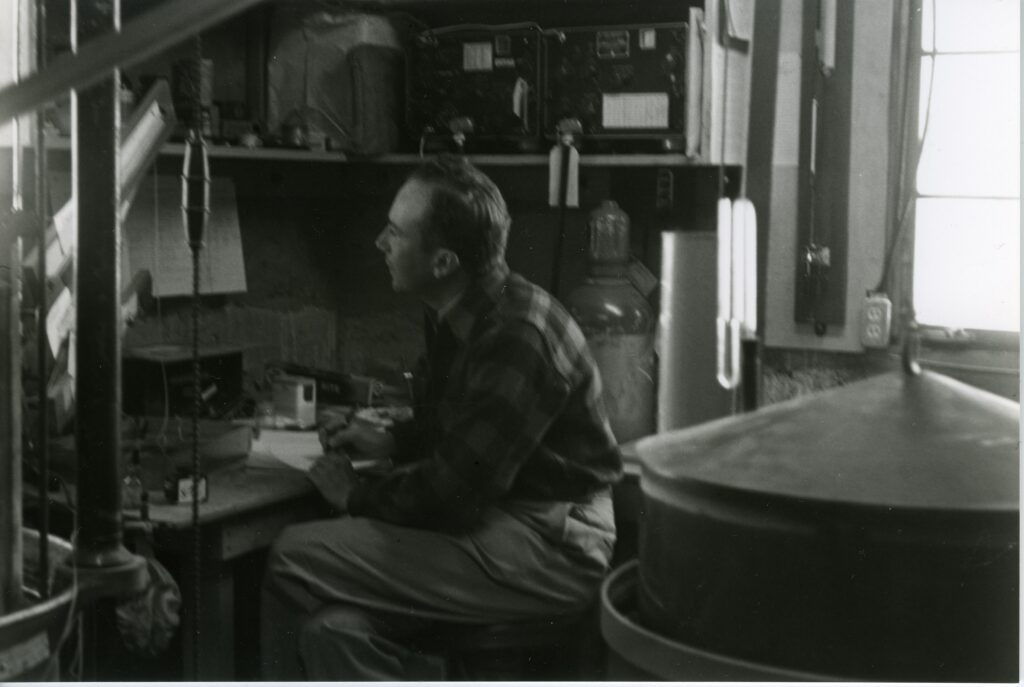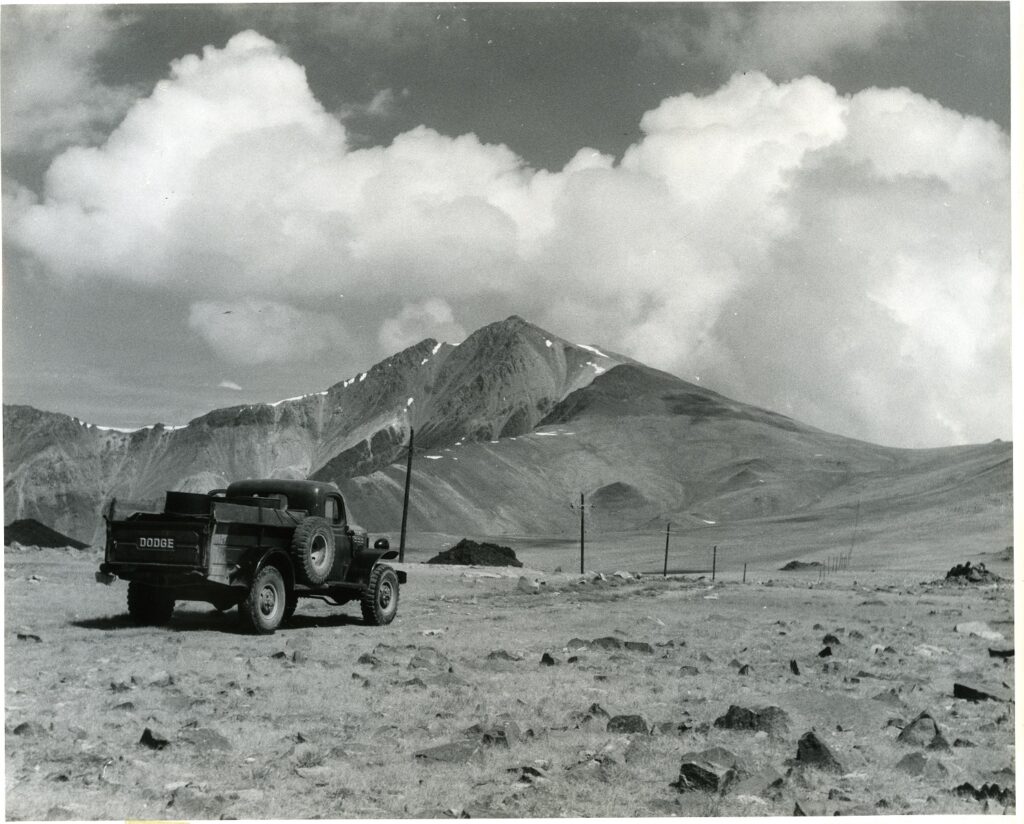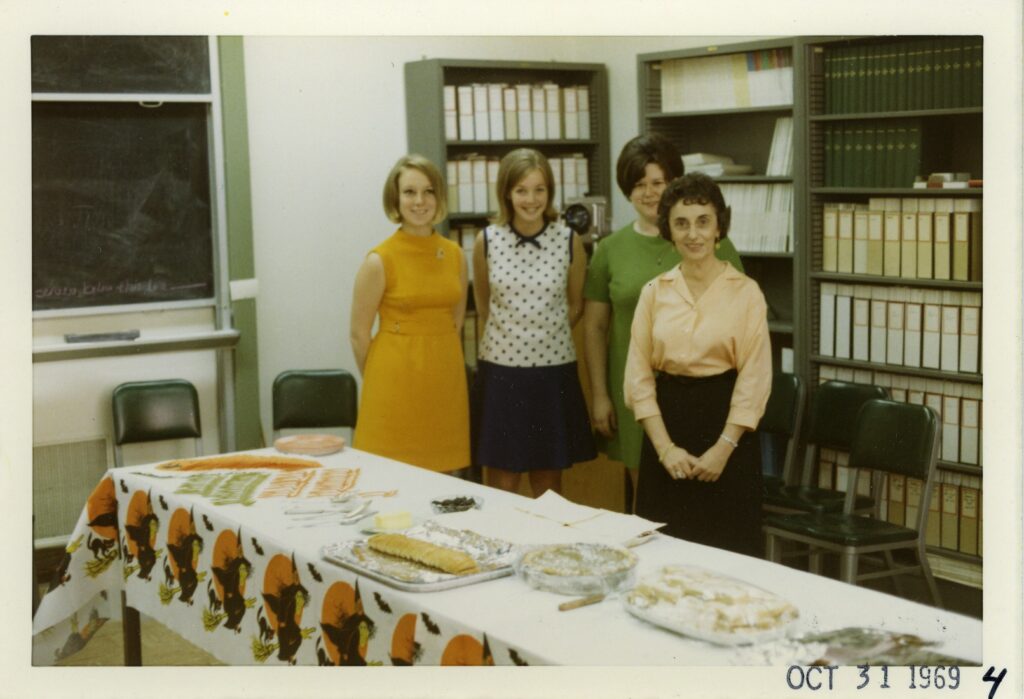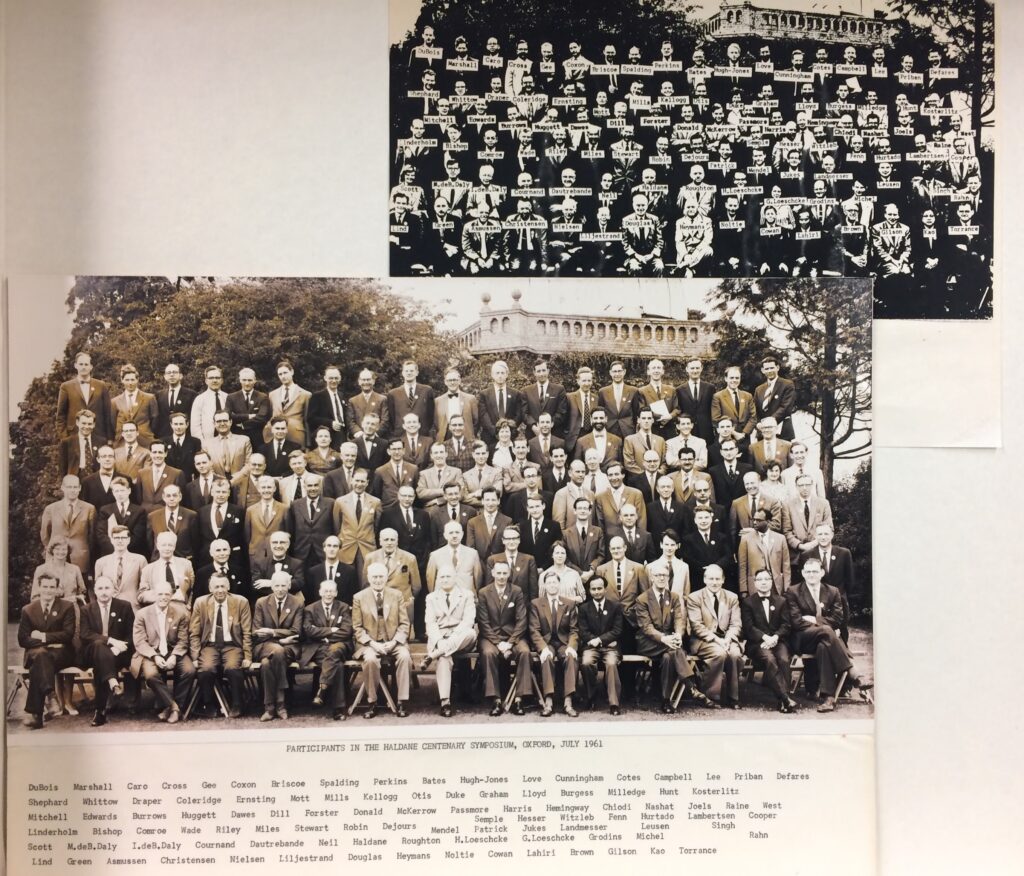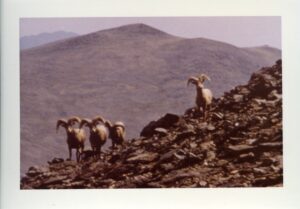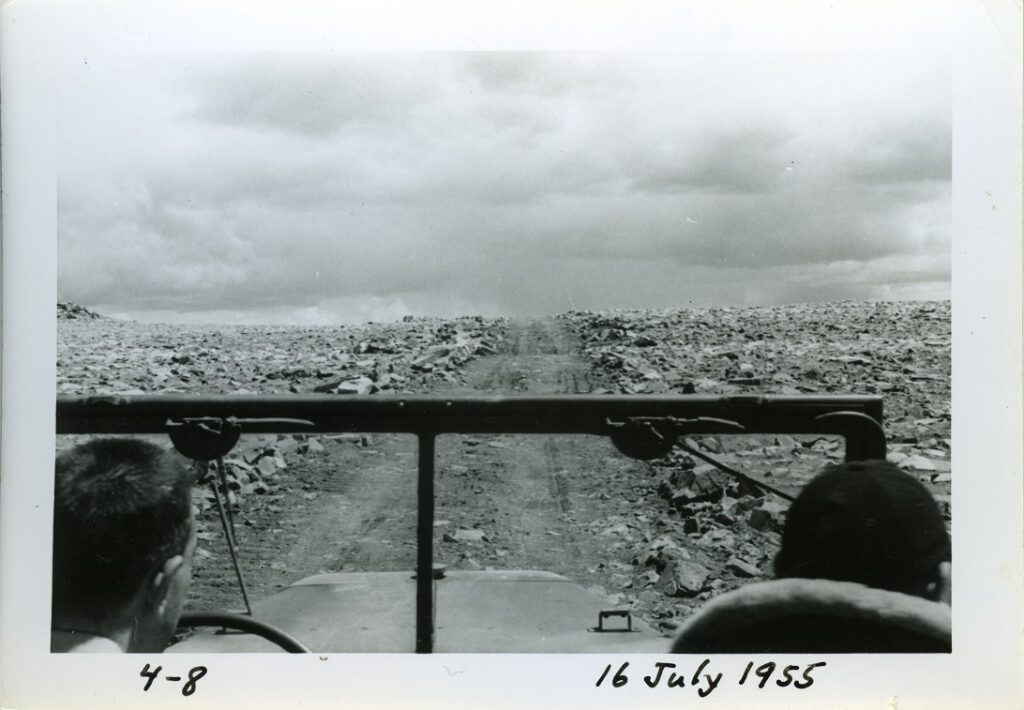This is a guest post by Lynda Letona, Archives Assistant, regarding her project to process additions to the Ralph H. Kellogg papers.
This is the second and final blog on the Ralph H. Kellogg papers, the first of which appeared here: https://blogs.library.ucsf.edu/broughttolight/2018/02/27/ralph-h-kellogg-a-man-of-service/
Dr. Ralph H. Kellogg’s correspondence (1947-2007) features timely letters appealing to lawmakers on the need to preserve national parks in addition to editorial feedback and advice given to well-regarded physiologists who wrote important works on mountain journeys and high-altitude sickness. Below is a letter (dated May 25, 1954) addressed to Congressman John J. Allen, Jr. on the need to preserve national parks. This letter speaks in opposition to building a dam that would flood parts of Dinosaur National Monument, endangering the natural beauty, and value “to the country as a whole” reminding the reader that we can only preserve such natural treasures, “we cannot make them.” Dr. Kellogg refers to the construction of Hetch Hetchy Reservoir, an important moment in environmental history to avoid repeating.
![[Letter from Ralph H. Kellogg to Congressman John J. Allen on the need to preserve Dinosaur National Monument, 1954-05-25, MSS 90-38, carton 22, folder 2]](/wp-content/uploads/2018/08/kellog_pic1x-795x1024.jpg)
[Letter from Ralph H. Kellogg to Congressman John J. Allen on the need to preserve Dinosaur National Monument, 1954-05-25, MSS 90-38, carton 22, folder 2]
![[Excerpt from “Mountain Journeys” by John B. West, quote by Reinhold Messner, the first climber to reach the summit of Mt. Everest without using supplemental oxygen, MSS 90-38, carton 24, folder 19]](/wp-content/uploads/2018/08/kellog_pic2-1024x438.jpg)
[Excerpt from “Mountain Journeys” by John B. West, quote by Reinhold Messner, the first climber to reach the summit of Mt. Everest without using supplemental oxygen, MSS 90-38, carton 24, folder 19]
References and further reading:
(2000, October 18). Daniel L. Gilbert. Washington Post. Retrieved from https://www.washingtonpost.com/archive/local/2000/10/18/daniel-l-gilbert-dies/485b9bf0-1f18-4cdd-8f9f-9235e8e844b6/?utm_term=.7a1804e86d45
(2014). History of the Valley. Restore Hetch Hetchy. Retrieved from https://www.hetchhetchy.org/history_of_the_valley
(n.d.). Echo Park Dam Controversy. Colorado Encyclopedia. Retrieved from https://coloradoencyclopedia.org/article/echo-park-dam-controversy
OAC. (n.d.). West (John B.) Papers. Retrieved from https://oac.cdlib.org/findaid/ark:/13030/kt4q2nd2g2/

![[Air view showing the west side of Pariacaca, 1990, MSS 90-38, carton 24, Folder 10]](/wp-content/uploads/2018/08/kellog_pic3-1024x686.jpg)
![[Pariacaca, MSS 90-38, carton 24, Folder 10]](/wp-content/uploads/2018/08/kellog_pic4.jpg)
